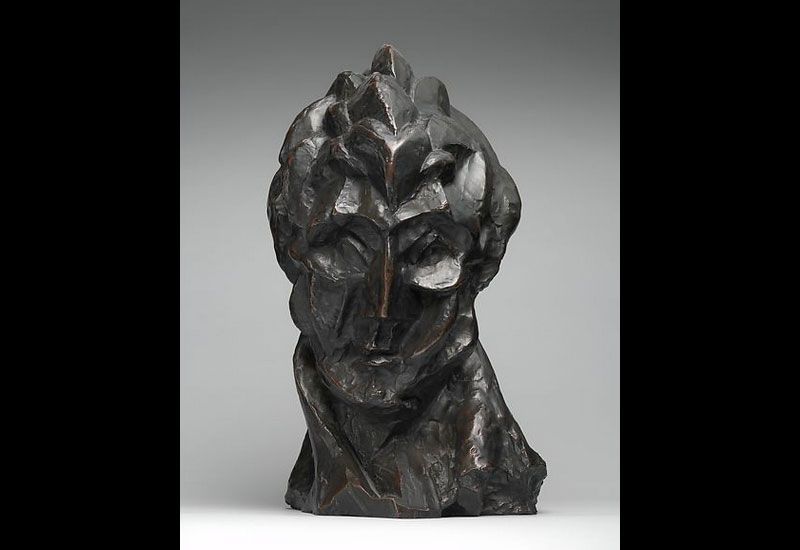
Picasso’s first cubist sculpture to be sold by the Met at Christie’s
Pablo Picasso - Tete de femme Fernande - 1909
Next May, Christie's will auction Pablo Picasso's "Tête de femme (Fernande)", a key work in the development of Cubism, from the collection of the Metropolitan Museum of Art.
Image: Pablo Picasso, "Tête de femme (Fernande)", 1909. Bronze, 40.6 × 26 × 25.4 cm. Image © 2022 Estate of Pablo Picasso / Artists Rights Society (ARS), New York
The deaccessioning of works of art by major American museums is one of the most controversial developments in the art market, especially when works of a certain importance are involved. For example, just two years ago the Baltimore Museum of Art was forced to backtrack on its intention to sell three major contemporary works (including a $40 million Andy Warhol "The Last Supper") due to protests. Now, the Metropolitan Museum has decided to auction a major Picasso sculpture at Christie's, although in this case the decision to put the sculpture on the market seems reasonable, as the work to be auctioned is another copy of the same original as another work recently donated by Leonard A. Lauder. There is little to object, therefore, to a sale (which according to some sources could fetch around $30 million) that may help to further complete what is arguably the most comprehensive art collection in the world.
According to Christie's, "'Tête de femme (Fernande)' by Pablo Picasso is an icon of twentieth-century art and the first major sculpture of the artist's career. Executed in clay in 1909, the sculpture represents a pivotal moment in the development of Cubism. Here, Picasso created a new type of sculpture that was not carved nor modelled as a single, whole object, but broken down and radically reconstructed. This concept opened the door to a host of new possibilities not just in the medium of sculpture, but in art itself, paving the way for many of the developments that would follow throughout the twentieth century."
For its part, the Metropolitan Museum describes the work as "Picasso’s first Cubist sculpture and one of more than sixty Cubist paintings, sculptures, and drawings the artist made of his lover Fernande Olivier in 1909. Picasso modeled the bust in Paris after the couple returned from a summer trip to Spain. As in his early Cubist paintings, the shape of her sculpted head is faceted into smaller units. Intended to be seen in the round, the composition changes form when viewed from different angles. The head’s slight tilt and the neck’s sweeping curves give the impression of movement, as if she is about to look over her shoulder”.
Another copy of "Tête de femme (Fernande)", which had belonged to Ambroise Vollard, was auctioned in 2001 for nearly $5 million at Christie's New York.
Read the full article

